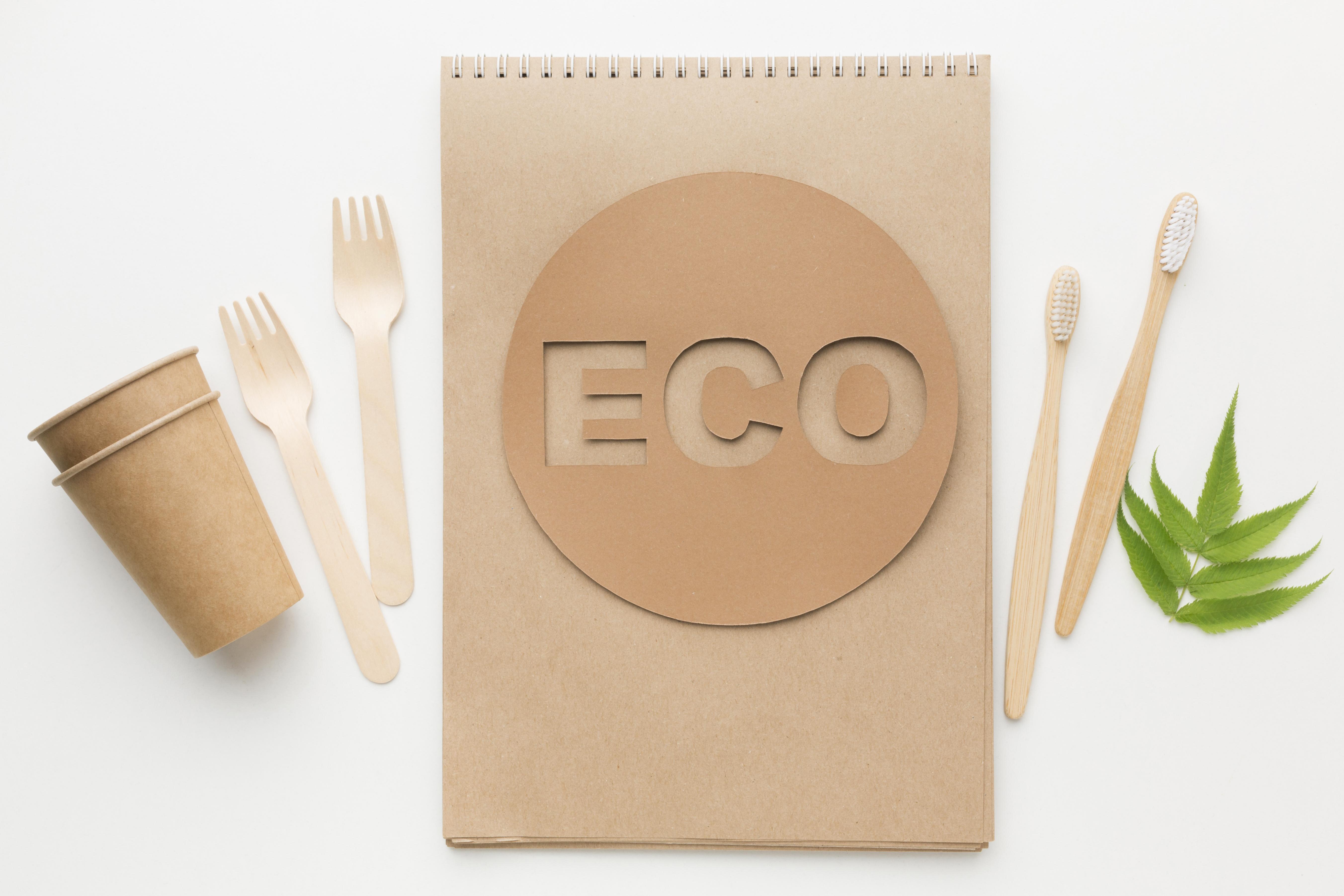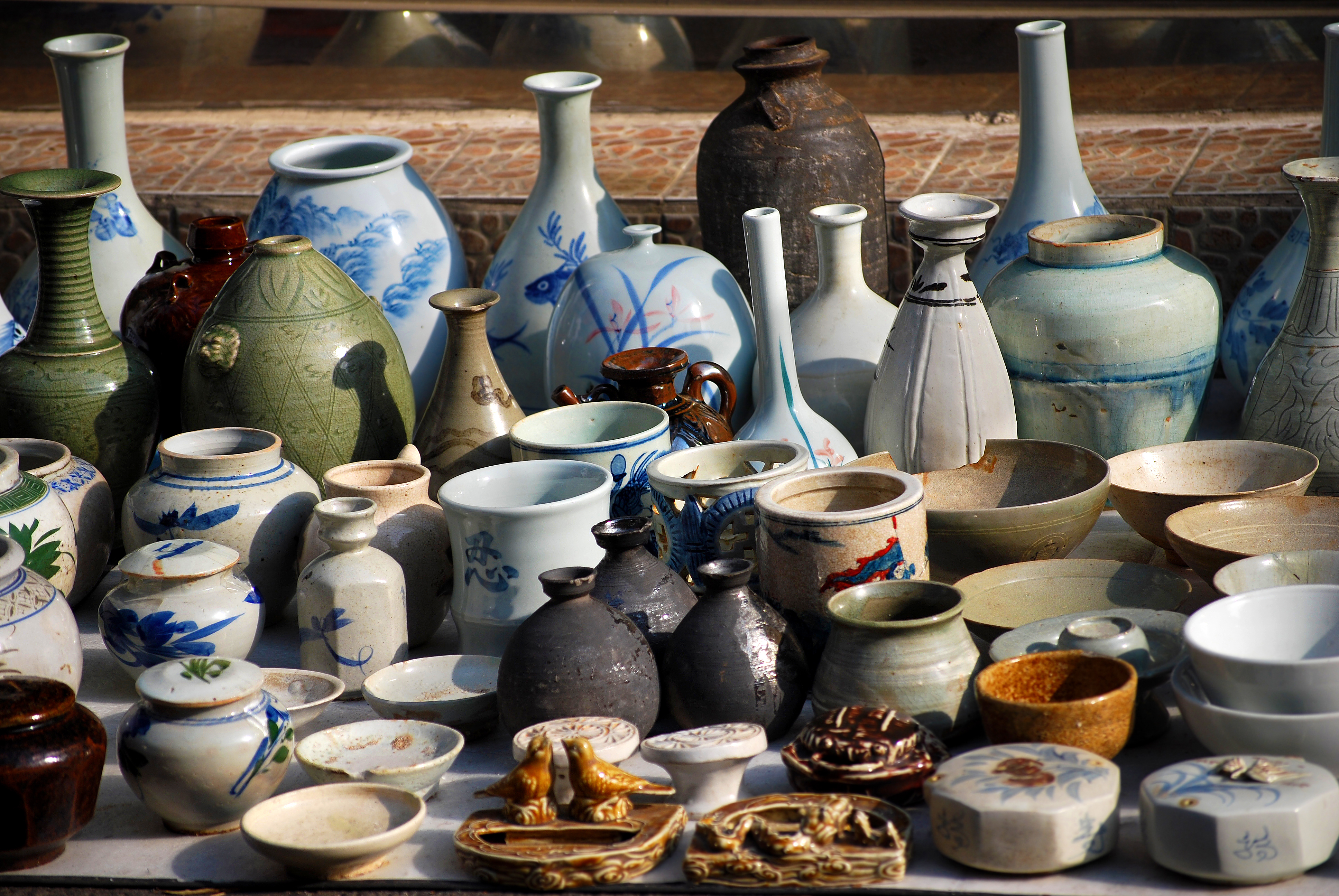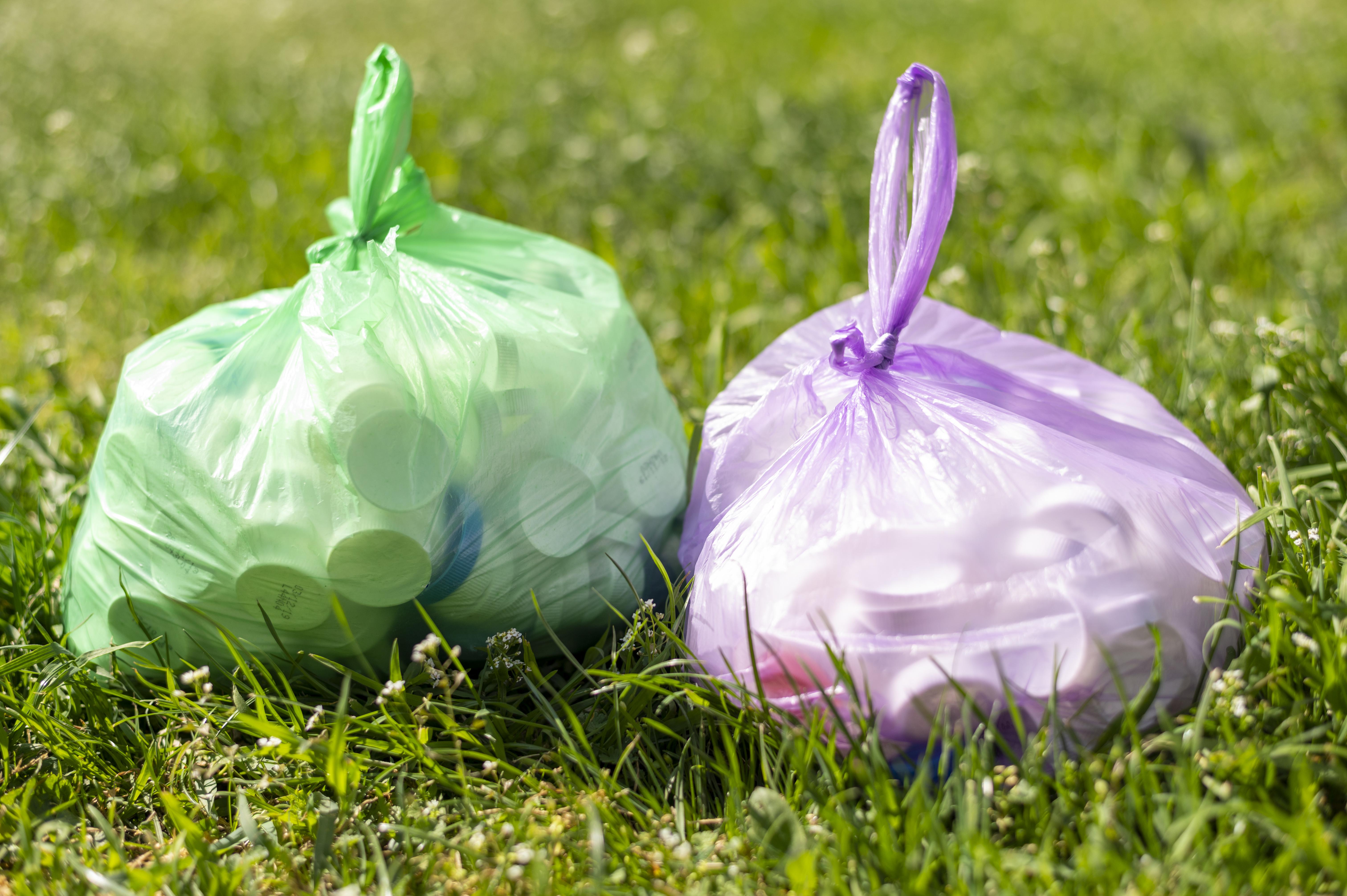Why Butter Paper Sheets Are Better Than Greasing Pans

Baking is both an art and a science, and every step matters—right down to how you prepare your baking pans. While many home bakers still rely on traditional greasing methods, more and more are switching to butter paper sheets for convenience, cleanliness, and consistency. If you're wondering which method is best for your baking needs, this guide breaks down exactly why butter paper sheets are a smarter choice than greasing your pans.
What Is a Butter Paper Sheet?
A butter paper sheet, commonly known as parchment paper, is a non-stick, heat-resistant sheet made from cellulose. It's used widely in baking and cooking to line trays, pans, and tins. The main advantage is its non-stick property, which eliminates the need for additional fats or sprays while ensuring your baked goods lift off the pan smoothly.
Greasing Pans: A Quick Look
Greasing pans typically involves applying butter, oil, or shortening to the bottom and sides of a pan. Often, this is followed by a dusting of flour to reduce sticking. While it's a tried-and-true method, it has several limitations, especially for delicate baked goods like sponges, cookies, or cheesecakes.
Why Butter Paper Sheets Are the Better Option
1. Consistent Non-Stick Surface
Unlike greasing, which can be uneven or absorb into the batter, butter paper sheets provide a uniform surface that prevents sticking. Your cakes and cookies lift off cleanly, every time.
2. Cleaner Results
Butter paper keeps the base and edges of your baked goods smooth and clean. There's no oil pooling or flour clumping at the bottom, which sometimes happens with greasing.
3. Healthier Baking
When you use a butter paper sheet, there's no need to add extra oil or butter to prevent sticking. This results in slightly healthier treats, which is especially important for those watching their fat intake.
4. Less Cleanup
Greased pans can be messy, often requiring a soak or scrub. Butter paper catches crumbs and residue, making pan cleanup quick and effortless.
5. Even Baking
The paper acts as a buffer between the food and the hot pan, promoting better heat distribution. This means fewer burnt bottoms and more even cooking.
6. No Transfer of Flavors
Unlike grease or sprays that can leave behind odors or flavors (especially if reused), butter paper is neutral. It doesn’t affect the taste or smell of your baked goods.
7. Reusable for Multiple Batches
Good quality butter paper sheets can be reused for multiple batches in a single baking session, saving both time and material.
8. Ideal for Rolling and Shaping
Butter paper isn’t just for lining pans. It’s also great for rolling out dough, making candy, or separating food layers without sticking.
9. Better Presentation
Because your baked goods release cleanly and maintain their shape, you get a more polished, bakery-style result.
10. Safer for Certain Recipes
Some recipes—like meringues or delicate sponges—can suffer when baked on greased pans. Butter paper helps maintain the structure and texture.
When You Might Still Need to Grease
While butter paper sheets work for most recipes, there are exceptions. For example, if a recipe specifically calls for greasing (like some bundt cakes), or when you're using silicone or non-stick pans, light greasing might still be recommended.
In some cases, you may even use both: lightly greasing the pan to help the butter paper stick in place.
Final Thoughts
Whether you're a home baker or a professional, switching from greasing to butter paper sheets can elevate your baking experience. From consistent results to easier cleanup and better presentation, it's clear that butter paper wins in almost every category. It’s a simple change that leads to smoother, cleaner, and more enjoyable baking every time.
So next time you're preheating your oven, skip the grease—and grab a butter paper sheet instead.
Note: IndiBlogHub features both user-submitted and editorial content. We do not verify third-party contributions. Read our Disclaimer and Privacy Policyfor details.







